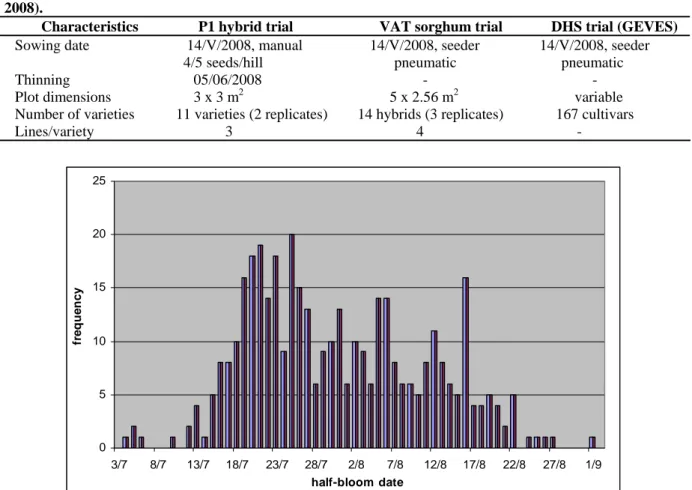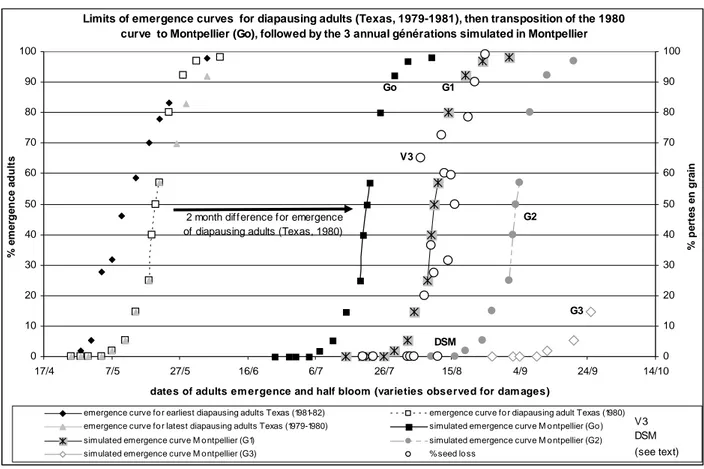New knowledge on the sorghum midge, Stenodiplosis sorghicola Coquilett 1899 (Diptera: Cecidomyiidae), in the south of France
Texte intégral
Figure



Documents relatifs
The corresponding clusters for k = 4 (Figure S3A) were composed of guinea accessions from western Africa and guinea margaritiferum (k4Q1), durra accessions from central- eastern
Results: After 16–20 months of antiretroviral therapy, a significant decrease in highly activated HIV-driven immune response was observed in the lymph node tissue as a marked
In adults, a progressive prolongation of the paced QRS intervals during follow-up has been shown to be a predictor for congestive heart failure [23], whereas corrected
Leur circuit se distingue par la mise en place de mesures spécifiques en raison des risques documentés d’évènements indésirables graves : entreposage des produits et du matériel
The selection of genotypes showing a good trade–off between grain and biomass production, based on a comparison with the overall mean performance of the ten genotypes, revealed that
Allele discovery in broad based panels aiming to build a general library of genomic regions of interest was performed simultaneously with the development of
A similar phenomenon was found for Thellunigella halophila under N stress (Kant et al., 2008); apparently, Thellunigella halophila maintains high nitrate reductase
We also measured the consistency of 96 farmers belonging to the three ethnic groups in naming sorghum varieties, in order to test whether both the material (seed) and